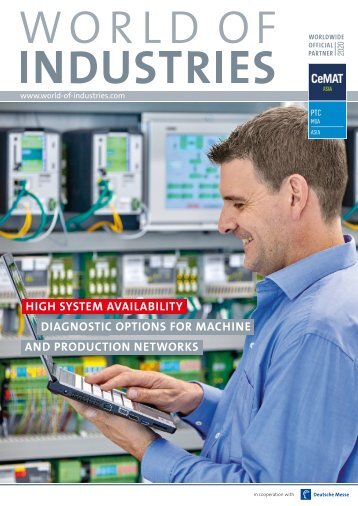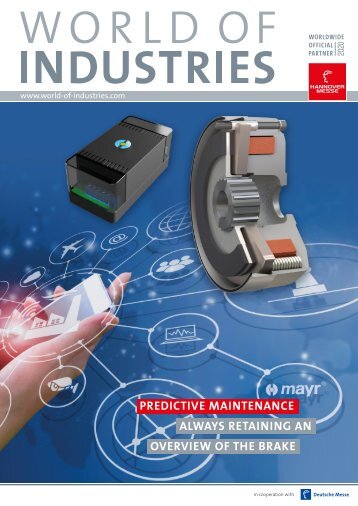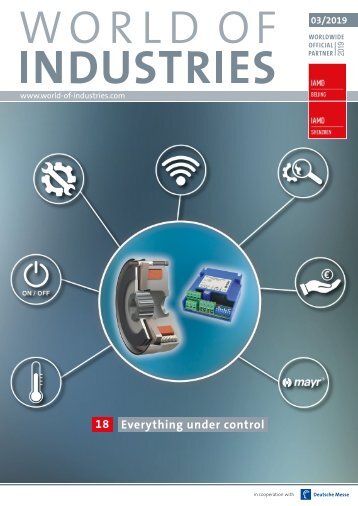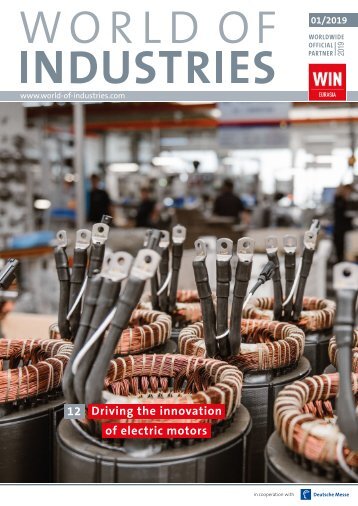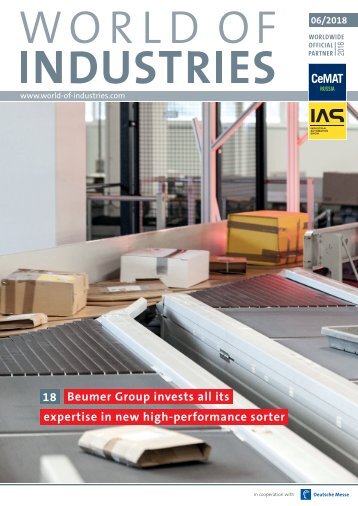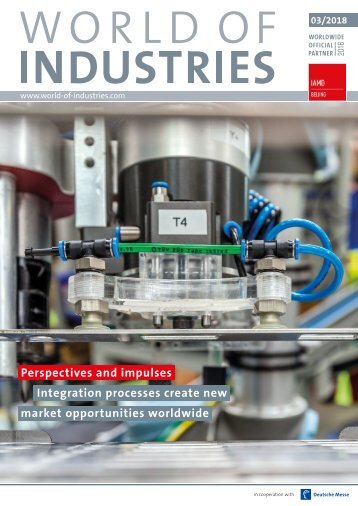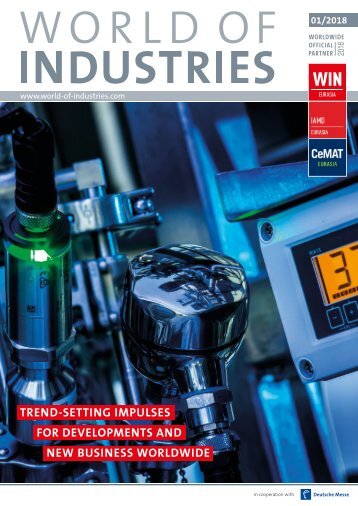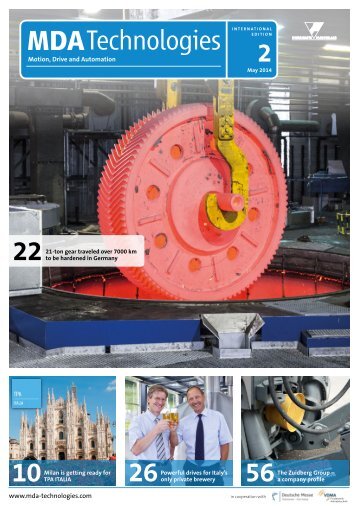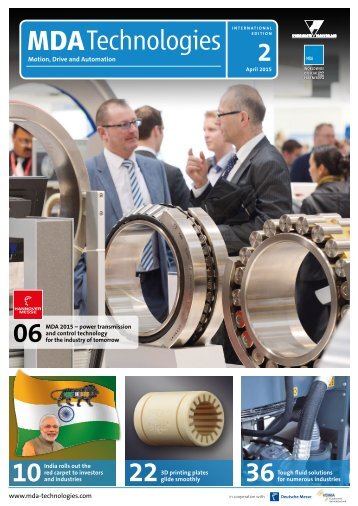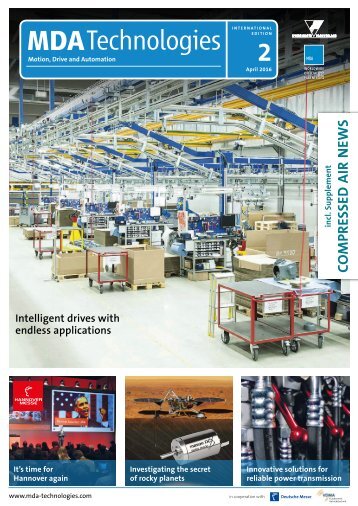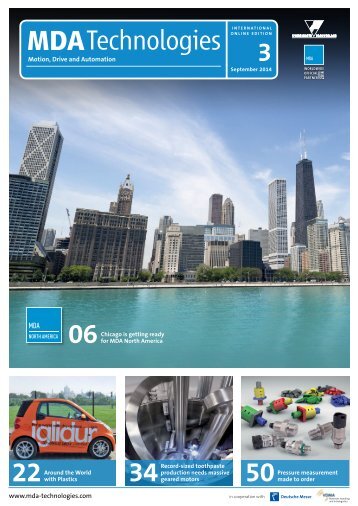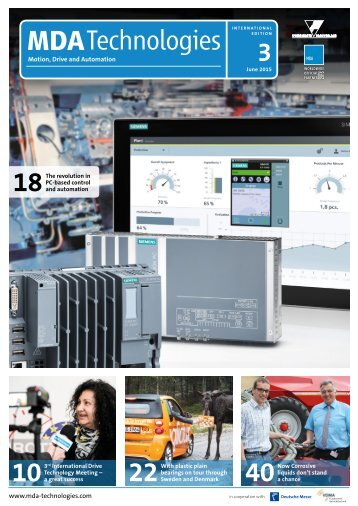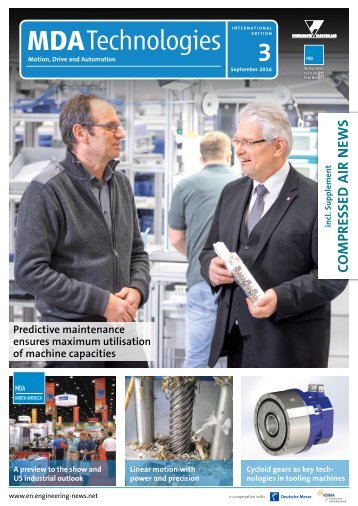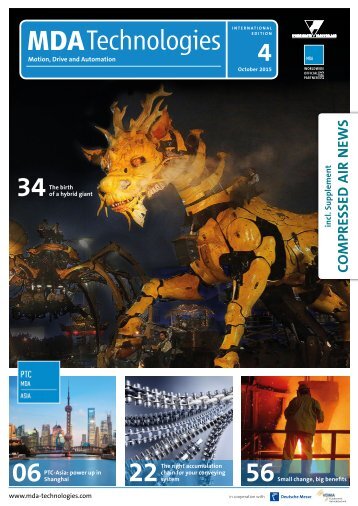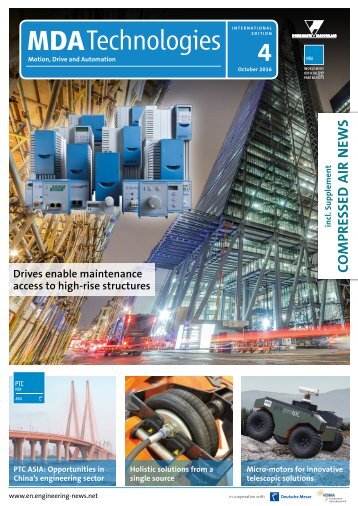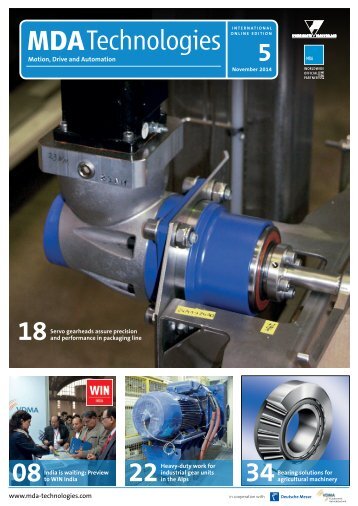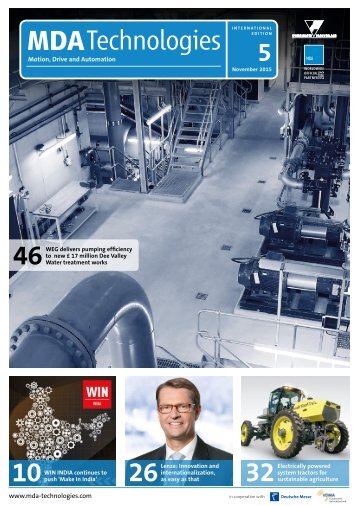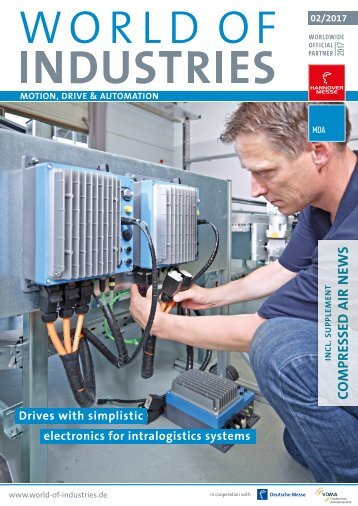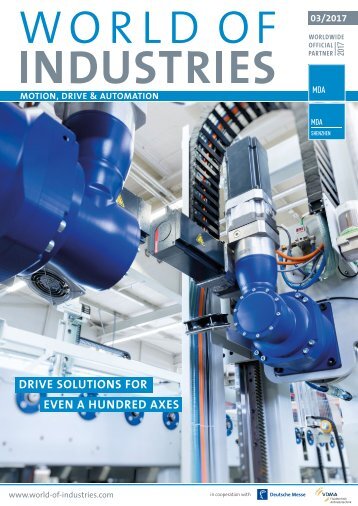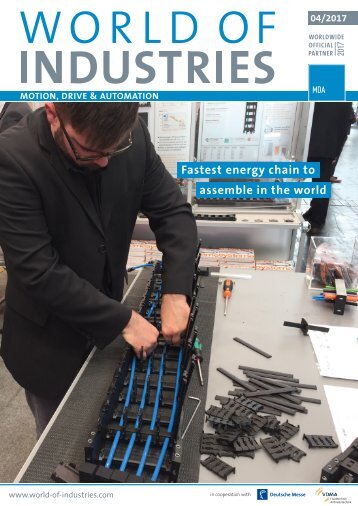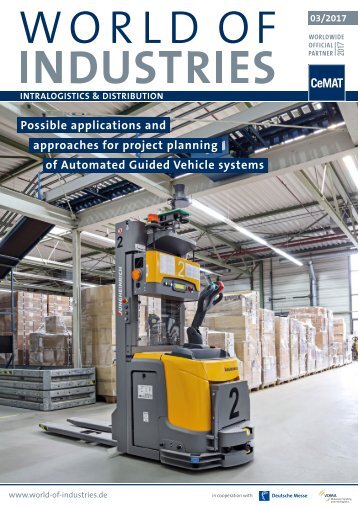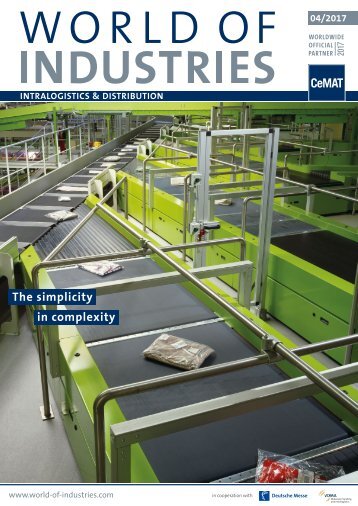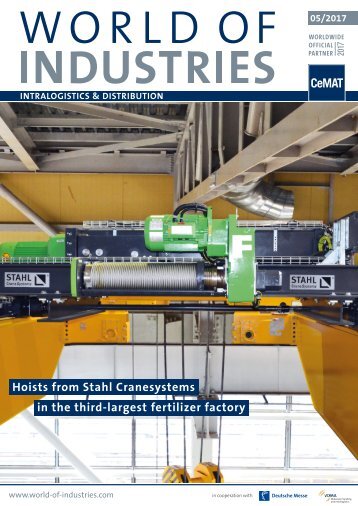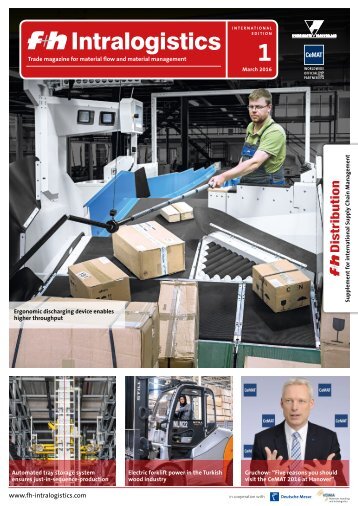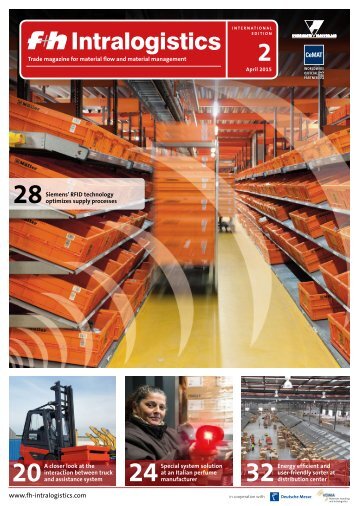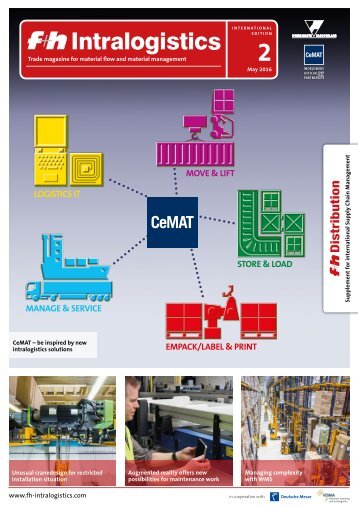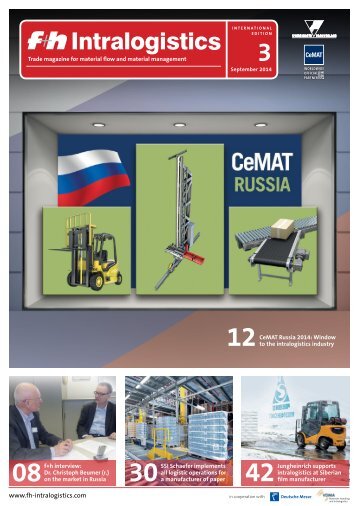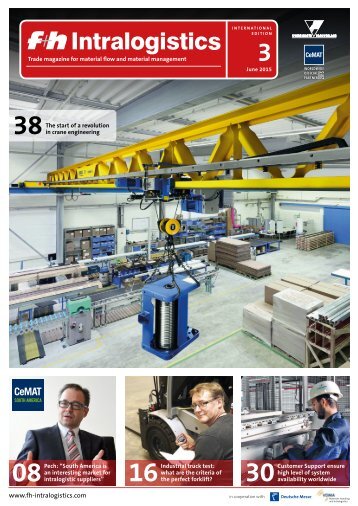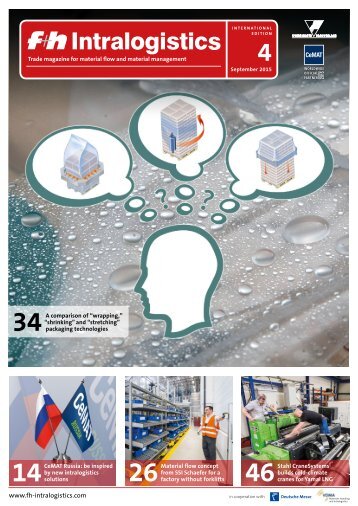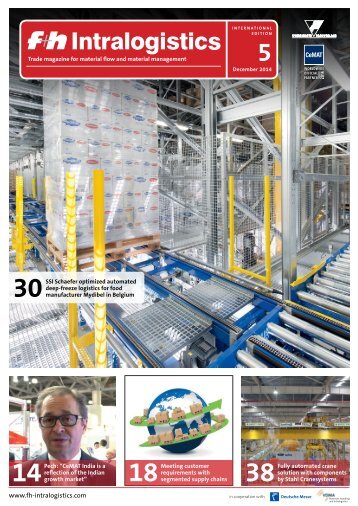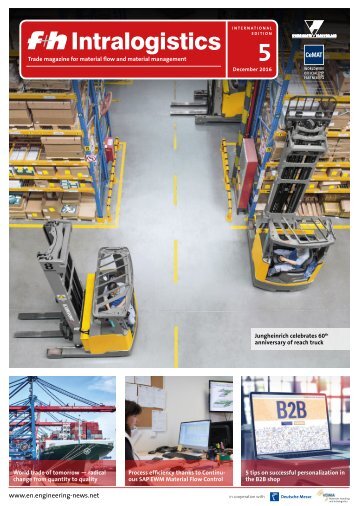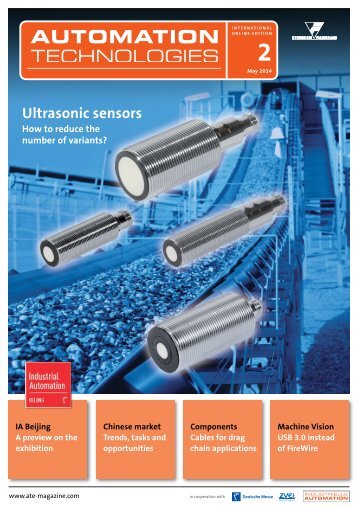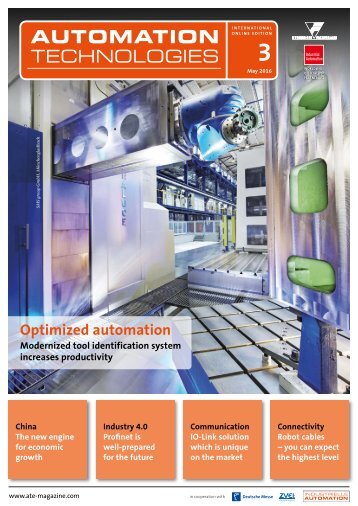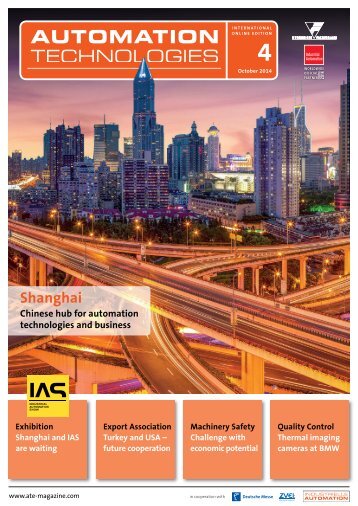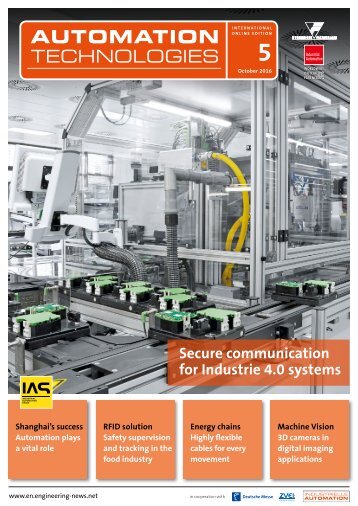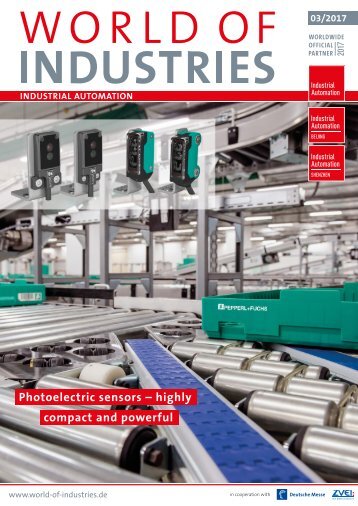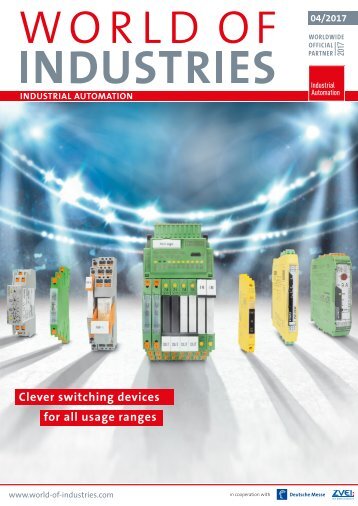Automation Technologies 3/2016
- Text
- Automation
- Technologies
Small but powerful:
Small but powerful: Embedded Vision in image processing Ingo Lewerendt Over the years electronics have become smaller yet more powerful. The same trend can be observed in the Vision industry. Embedded vision solutions are becoming more common: They deliver smaller, lighter and better integrated designs that often require no classic PC. They can make stationary vision applications mobile, opening up new possibilities. Basler dart board level camera and processing board MACHINE VISION For years now technological progress has brought generation after generation of electronics that are smaller yet more powerful than their predecessors. At the same time there has been an increased blurring of the lines between functional units. This phenomenon has noticeably affected electronic assemblies and optical and electronic components such as lenses and sensors, just to name a few. These same trends have also been observed in the Vision industry. Where just a few years ago industrial cameras tended to be as About Basler Basler is a global provider of premium quality industrial cameras for a wide range of applications. As a publicly traded company with headquarters in Ahrensburg, Germany, they are a leader in the world market of vision technology, with multiple subsidiaries and representative offices in Europe, the United States and Asia. The group’s sales increased in the fiscal year 2015 by 8 % to € 85.4 million; number of employees: 438. large as a 1 liter drink box, today a dozen industrial cameras would fit into that same space. Performance that back then was considered “breathtaking” is today long outclassed. And if the pattern holds, this progress is only likely to continue. What exactly is Embedded Vision? As electronic components become smaller, it gets easier for system manufacturers to shrink their devices. Eventually this reaches the point where individual modules can be bundled within the interior of the device. This kind of module is then referred to as embedded. When talking about “embedded vision,” it means that computer-aided camera technology is being used within a device, even if this seems impossible just looking at it. In other words, “embedded vision” refers to devices that seem so small and lacking the normally expected components (such as a camera and computer) that the untrained eye cannot perceive them as cameras. Author: Ingo Lewerendt, Strategic Business Development Manager, Basler AG, Ahrensburg, Germany AUTOMATION TECHNOLOGIES 3/2016
Benefits of Embedded Vision Systems Industrial camera for embedded vision applications “Small” of course does vary from viewer to viewer. Any industry or application that uses cameras inherently has its own world of expectations. And each of those worlds as comes with its own requirements and limitations. “Smallness” is thus subjective. Here are two examples: Ophthalmologists often work with relatively large stationary devices that use Optical Coherence Tomography (OCT) to examine the patient’s retina. These devices contain image processing systems designed specifically for this task, making them useless for any other purpose. Stationary OCT units typically contain a “classic” vision system, comprised of standard components such as industrial camera, lighting, PC and software. Even so, many experts would correctly refer to these products as involving “embedded vision” even if the devices are large. A user of wearable computing eyewear might see it completely differently. Smart glasses have a small, featherweight mini-computer and camera capable of projecting freely programmable elements into wearer’s field of vision. A diverse range of applications are possible. What is clear is that smart glasses include no “standard components.” Everything is miniaturized to an extreme and custom designed and manufactured for this specific purpose. When this user refers to “embedded vision,” he’s referring to the matchbooksized piece of technology sitting on the bridge of his nose. A stationary OCT is in this view far from “embedded.” Comparison of Embedded Vision Systems with Standard Vision Systems The border between “embedded vision” and standard vision systems can be fuzzy at times. One way to distinguish between them is to break them down into three segments. The classic vision system from our ophthalmology example would be level 1, while ‘smart glasses’ are level 3. What are the differences? The shift from level 1 to level 3 involves smaller cameras and less use of standardized components. Level 3 devices use only parts designed and customized specifically for that application. Integration level 1 typically uses standard components that are easy to purchase and to connect to other components. The joy of this level is that development and integration costs are quite low — in exchange for final manufacturing costs that tend to be quite high. This is because standard components generally offer higher levels of performance than are really needed for the application. The most prominent example of this is a PC, which comes with a pre-configured hard drive, memory, operating system, purchased software and interfaces (GigE or USB). Integration level 1 is thus typically a good fit when sales units are low and high profit margins can be achieved. Integration level 3 represents the exact opposite situation. In this case almost everything needs to be re-developed to accommodate for the weight and power requirements. The concept and development phase tends to run much longer. Because nothing is ‘off the rack,’ the components themselves must also be developed. Those who master this task open up the opportunity for truly low manufacturing costs, especially when the unit counts are high. As such, this integration level is better suited for low-margin products intended for high production volumes. The challenge of using up as little space as possible is present in all three integration levels, and with it the goal of using as few components as possible and reducing those that are used. Innovation in this sense has a thrifty character. The system potentially becomes leaner and is designed to be just powerful enough for the actual important requirements. This reduces manufacturing costs and with it the sales price in ways that cannot be achieved using universal system components. Embedded vision systems can also open up new markets and applications that otherwise would not use vision technology, such as self-driving vehicles and supermarket scales that detect what is being laid on them. Summary The world will see an increasing number of embedded vision solutions. They deliver smaller, lighter and better integrated designs that often require no classic PC. They can make stationary vision applications mobile or even wearable, opening up new possibilities. They cut prices — and thus appeal to new fields of applications that currently aren’t using camera technology at all. Photographs: Basler AG www.baslerweb.com Degree of specialization for vision components Low 1 Medium 2 High 3 Integration level Components Primarily standard or off-the-shelf components; camera often still has its own housing Few standard components; typically board level and no housing; hardware in some cases specially designed and developed for the application No standard assemblies or off-the-shelf components whatsoever; custom designed; bundling and miniaturization of individual components; lightweight, mobile, low power consumption Camera type Standard industrial camera Board level cameras Integrated vision module bundled with other components AUTOMATION TECHNOLOGIES 3/2016
- Page 1: INTERNATIONAL ONLINE EDITION 3 May
- Page 4 and 5: COLOMBIA SLOVAKIA The new engine fo
- Page 6 and 7: News and Markets Kathrin Pogrzeba j
- Page 8 and 9: Industrial Automation: the new engi
- Page 10 and 11: Beijing: the heart of North China
- Page 12 and 13: Industrial transformation and econo
- Page 14 and 15: Mobile tanks in pharmaceutical prod
- Page 16 and 17: Automated parking space monitoring
- Page 18 and 19: Servo drive series with intelligent
- Page 20 and 21: Ethernet based networks: a bridge b
- Page 22 and 23: Easy, fast and efficient IO-Link so
- Page 24 and 25: Modernized tool identification syst
- Page 26 and 27: Cables from Cologne for Bavarian ro
- Page 28 and 29: Cable glands guarantee perfect reli
- Page 32 and 33: Using vibrations to detect faults M
- Page 34 and 35: Non-contact temperature measurement
- Page 36: SLOVAKIA Ergonomic discharging devi
Inappropriate
Loading...
Mail this publication
Loading...
Embed
Loading...

